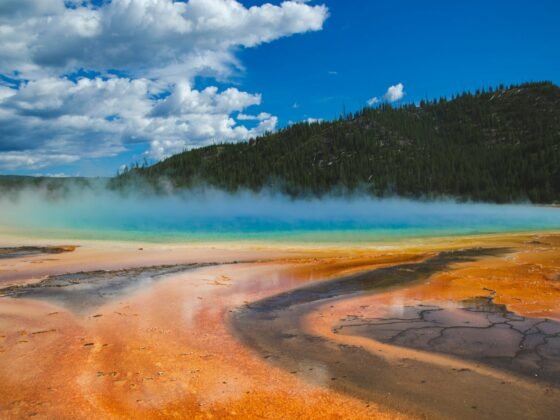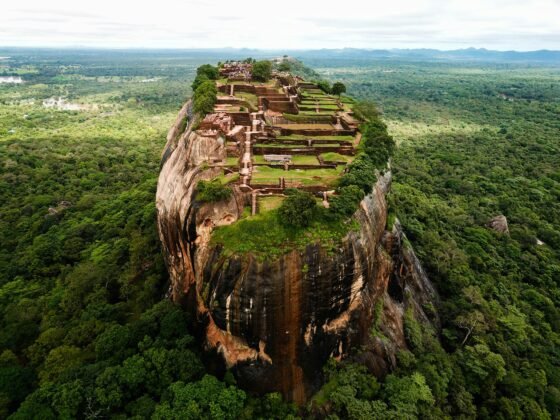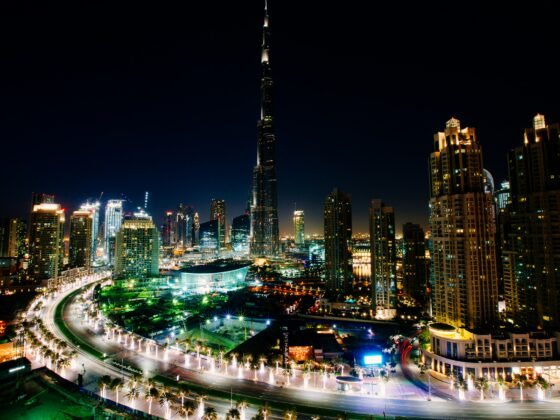The lush sub-tropical archipelago of Madeira is close enough to Europe to be convenient, yet close enough to Africa to be culturally diverse with a wealth of things to do and see, as well as temperate all year round.
Walk and hike Madeira to your heart’s content
Madeira more than earns the moniker the ‘floating garden in the Atlantic’, thanks to the verdant greenery of the banana trees and grapevines that dot the landscape. Formed from a massive volcano, the island reaches 1,862 m (6,109 ft) at its highest peak, which is a fantastic opportunity for keen hikers, climbers and walkers. Discover lush valleys, primeval forests and an absolute paradise of flowers as far as the eye can see. Grab a local map, lace up your boots and get out there.
Discover historic Funchal
The small yet perfectly formed capital of Madeira is Funchal, which retains its heritage within its cobbled streets and colorful seafront, all set against the stunning mountain backdrop. The city is home to some well-established tourist resorts, based around the marina and seafront. Travel away from the heart of the city to swim, snorkel and lounge on Funchal blue flag beaches, including Clube Naval, Ponta Gorda-Poças do Governador and Formosa.
In terms of cultural and historical sights, don’t miss the beautiful part-palace, part-fortress of São Lourenço Palace, wander the Sé Cathedral in the heart of Madeira which was built at the behest of a Portuguese explorer and admire the ornately tiled interior of the 15th century Santa Clara Convent. Ride the Monte Cable Car for panoramic views over the island. As you’d expect there are several stunning gardens and parks open to the public including the 18th century Monte Palace Tropical Garden. Take in the 2,000 or so plants within the Madeira Botanical Gardens which also has a parrot and parakeet house.
Admire the Levadas
Madeira earnt its reputation as the lush green paradise it is thanks to the elaborate system of levadas, aka irrigation channels, which were first built in 1461. The ingenious system redistributes water from the lush north to the dry south region of the island. Visitors can walk the pathways which are used for maintenance, to reach a height of 1860 meters. Admire the views over the island and Atlantic Ocean beyond.
Spot endemic wildlife in the Laurel Forest
Within the 15 UNESCO World Heritage Sites of Portugal is one on the island of Madeira. The Laurisilva of Madeira, aka the laurel forest is the largest surviving landscape of its kind. Amongst the lush long leaved laurels live endemic and rare bird species, such as the Madeiran long-toed pigeon, Eurasian Sparrowhawk and Madeiran Laurel Pigeon. There are also 500 endemic species of invertebrates living within the forest.
Swim in the Lava Pools of Porto Moniz
Although there are many beautiful beaches on Madeira, including 12 with blue flag status, nothing quite beats a dip in the lava pools that characterise the island. Take a swim in the natural bathing pools which are surrounded by curious lava rocks and freshly filled with crystal clear waters by the tides. Porto Moniz is a particularly fine example.
Explore the Caves of São Vicente
Head to the northern coast of Madeira, to the charming villages of São Vicente, which is nestled in the valley where the island was originally formed. Here you can explore the Volcanism Centre and watch demos of volcanic eruptions. Then wander inside the famous volcanic caves of São Vicente which are comprised of interconnecting lava tubes. The tunnels in fact are over 1,000 meters long which takes around 30 minutes to navigate. The caves are surrounded by beautiful well-maintained gardens.
Catch the annual Carnival
The annual Madeira Carnival bills itself as one of the best within Europe, with family-friendly fun and entertainment. The carnival consists of two very different events, the most important is the allegoric parade which is held each Saturday of Carnival weekend. The streets of Madeira come alive as throngs of Samba groups perform their lively music whilst thousands of participants wearing flamboyantly colourful costumes dance to the electrifying beats, mimicking the famous annual Rio Carnival in Brazil. The second part to the parade is known as ‘trapalhão’ which coincides with Mardi Gras, on the last Tuesday at the end of the Carnival. This is a more inclusive section of the partying where spectators are encourages to dress boldly and get involved. Carnival is more widely celebrated throughout Funchal, in particular in the main Municipal Square, although the atmosphere and spirit is felt throughout the island.












